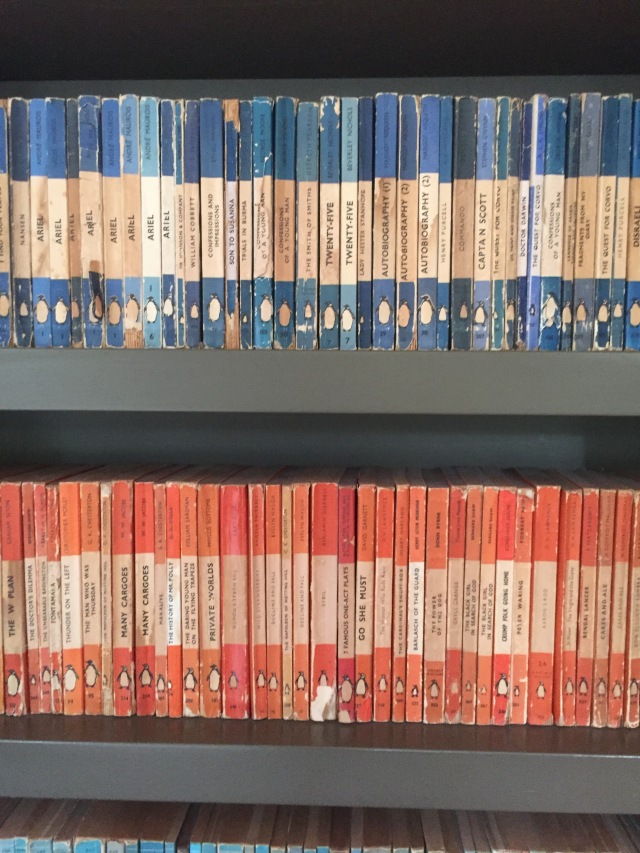
I am working my way through the Modern Library’s Top 100 Novels in English, enjoying it, but not because these novels really are the best of all time. This is just a way of reading things I might not otherwise think of. Rather than putting books in a special box, it’s a way of getting outside the box of my own preferences. I think it is important to approach the list in this way, because efforts to create best of all time lists have always caused problems. For example, back in the Asia of 2000BC, medical progress ran up against the sanctification of ancient medical texts. Written in Asia around 2000BC, The Yellow Emperor’s Inner Canon of Medicine, and The Divine Husbandman’s Materia Medica, had the status of scripture. In the face of these unchallenged medical authorities, no research or progress was possible. A similar thing happened when Renaissance scholars sanctified the medical writings of the ancient Greek world.
Another example of a “Top 100” gaining untouchable status is The Bible. For centuries, it wasn’t even possible for most people to read the stories collected in The Bible, written in Latin and protected by a possessive Church hierarchy. The sixteenth century brought the Bible-reading enthusiasms of Protestantism, and large scale printing technology, but The Bible remained set apart, a situation that continues to this day. I remember on one of my first days at university in 1983, going into the University Bookshop to buy books for my course. Aware that The Bible was the most influential book in English literature, I added a copy to a pile of other books.
“You won’t find that on any reading list,” said an assistant with airy superiority.
He really did not want to sell it to me, seemingly offended to see this fat, brown paperback perched on top of The Iliad. I thought this odd and said so. He was right though. My university did not include the most influential book in English literature on any literature course. The Bible was something different, something other than “normal” literature, too special for students to read in the same way.
While The Bible sat in its little box, writers got on with the business of exploring life in more lowbrow forms, such as plays performed in unfashionable parts of London, in novels or poems. Inevitably, however, over time these literary forms themselves gained a level of sanctification. The nineteenth century poet and schools’ inspector Matthew Arnold decided in a famous essay called Culture and Anarchy that literature could work with religion as a “social cement”. With Arnold’s enthusiastic support, “English literature” really came into being as an adjunct to official religion. The poet William Blake saw The Bible as the work of poets, usurped by the Church for its own purposes. He feared a similar fate for the poetry of his own time. The influential views of Matthew Arnold, and others like him, meant that in many ways those fears were realised. A sad result of official veneration was to make literature, by definition, difficult, the opposite of “easy reading”. Hard labour was required if English was to seem a respectable academic subject, and in this way literature was taken away from the people it was written for. Literature became something different, set apart, just like The Bible.
I am enjoying the Modern Library Top 100, but in conclusion, it is worth noting that one of the books I have read so far- The Ginger Man by J.P. Donleavy suffered a ban when first published. This book was clearly on someone’s “Worst Novels of All Time” list. This just goes to show that throwing up a wall around certain writing is impossible. Good writing tears down walls, mines the depths beneath them, or jumps mischievously over them. It does not build them.

